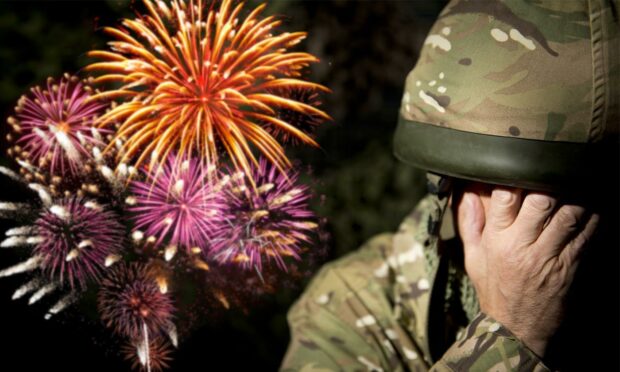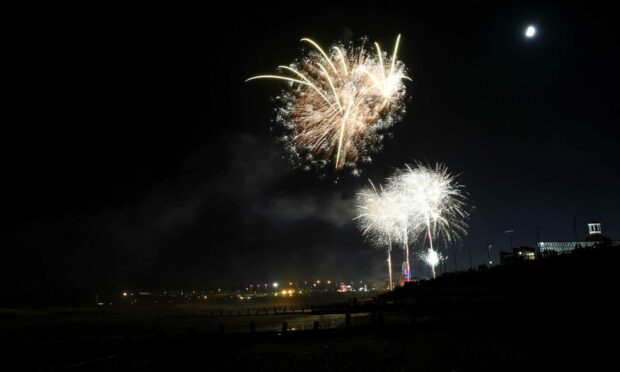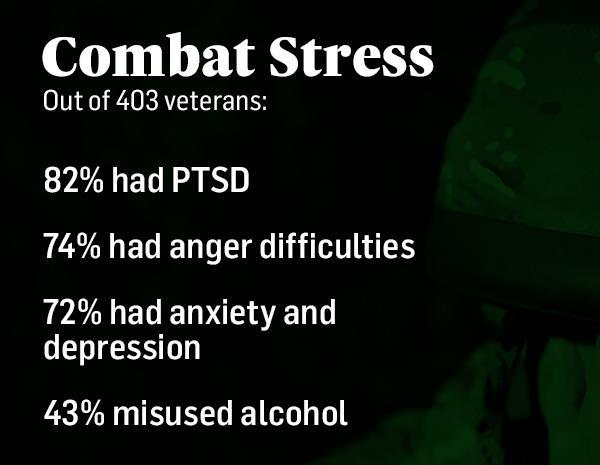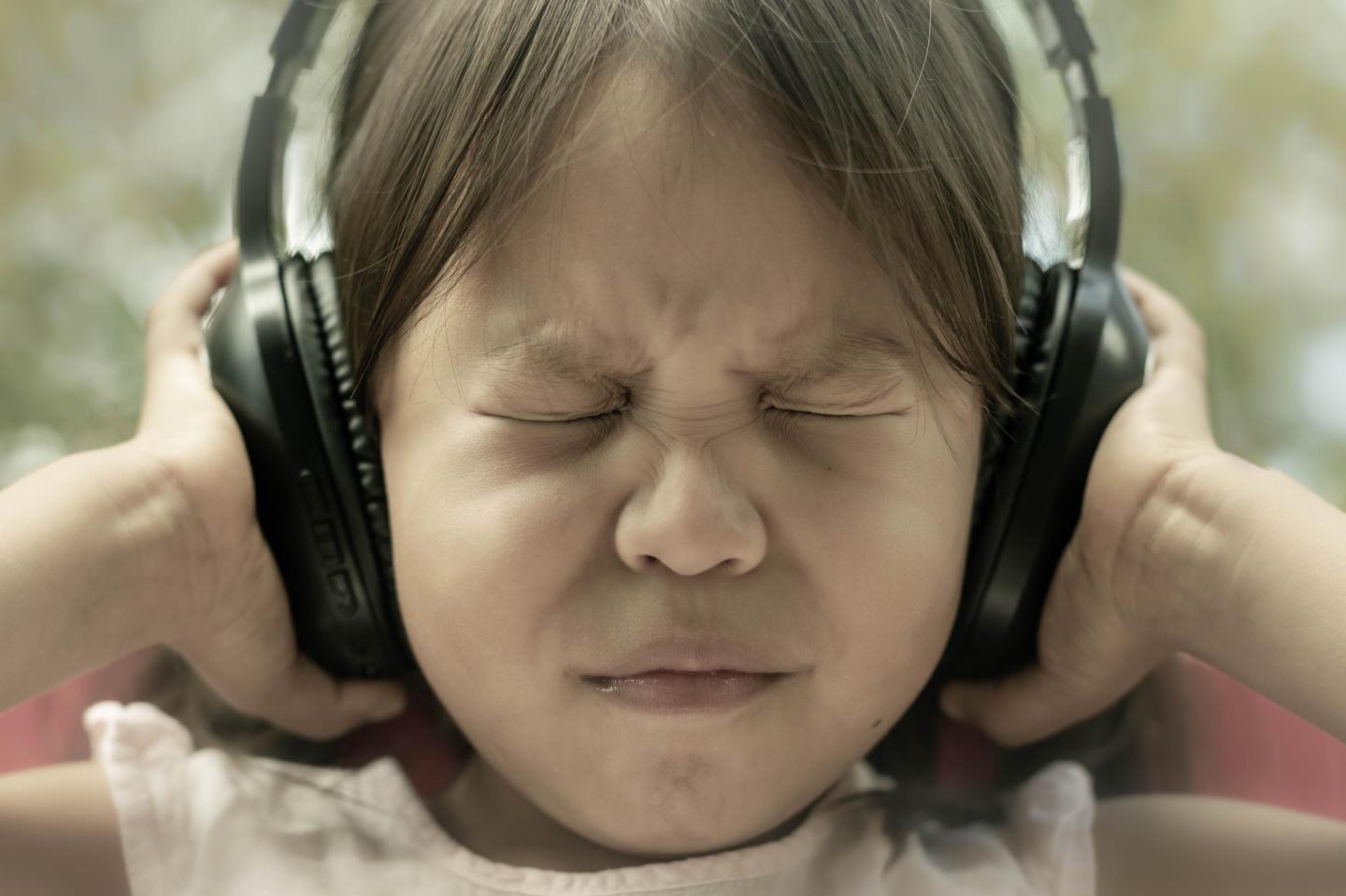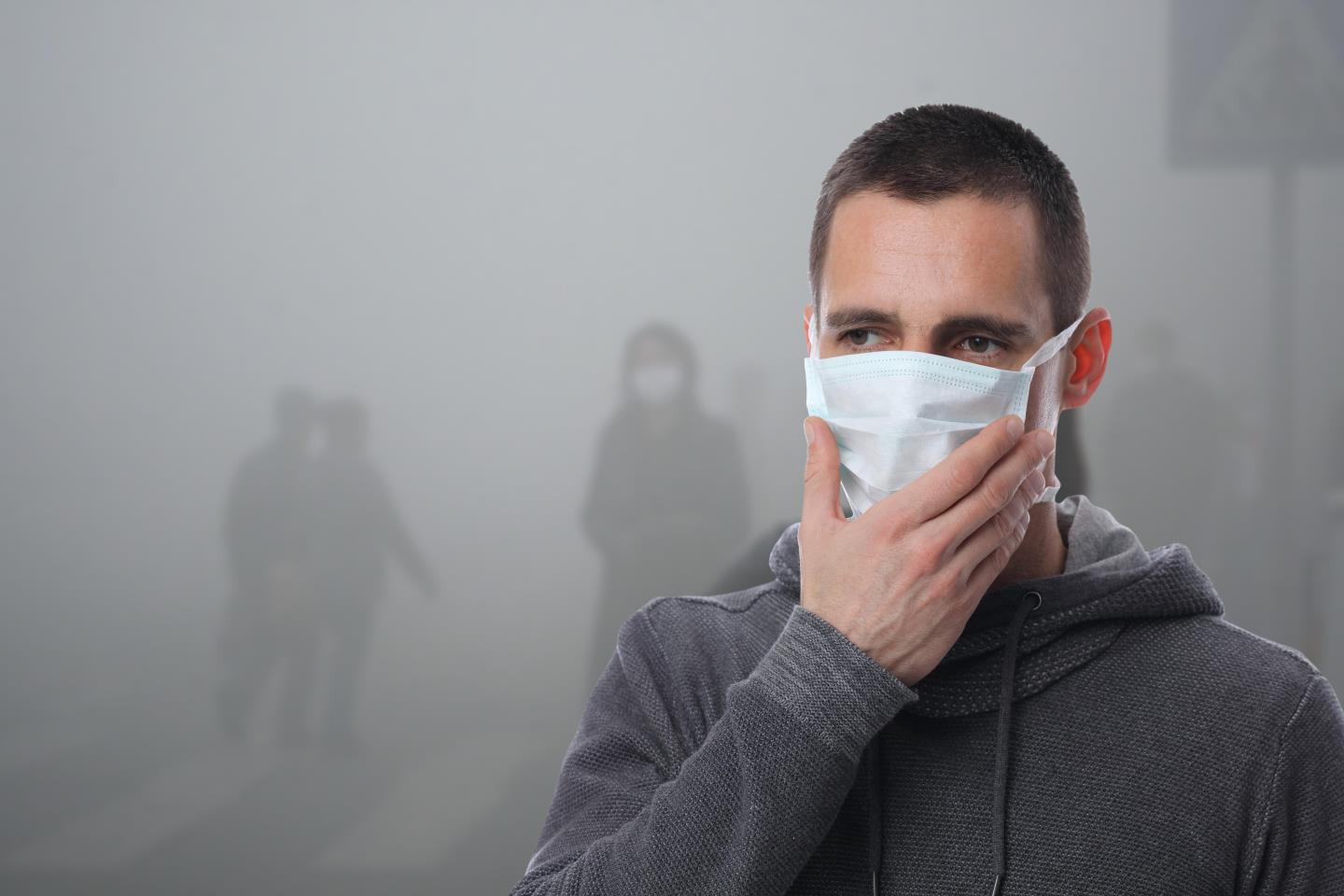To crack down on the psychological and physical consequences of fireworks, it’s now illegal to set them off before 6pm or after 11pm.
Apart from special occasions, such as religious festivity Diwali which kicks off today, Scots can no longer release fireworks outside of strict set times.
This has been extended to 1am for Diwali, Hogmanay and Chinese New Year, while fireworks can be lit on Bonfire Night until midnight.
But as we approach these annual events, it’s worth remembering not everyone considers fireworks a joyous spectacle.
For those living with PTSD (Post Traumatic Stress Disorder) or sensory issues, this occasion could prove deeply distressing.
‘Unexpected bangs trigger memories of frontline combat’
Jeff Harrison, the interim chief executive of UK military mental health service Combat Stress has welcomed the new measures – but says they must go further.
“While we welcome tightening the rules around setting off fireworks, sadly the changes will do little to minimise the distress that the bangs and flashes cause to veterans with post-traumatic stress disorder,” he said.
“We see a higher rate of distress in veterans accessing our services at this time of year.
“Not only is it challenging because of their grief surrounding Armistice, but the sudden unexpected bangs of fireworks can trigger traumatic memories of frontline combat where they were exposed to the horrors of war in service to this country.”
He went on to encourage people to replace ordinary fireworks with quiet ones: “We urge the public to understand how frightening noisy fireworks can be for veterans and consider buying quiet fireworks instead.”
‘Distressing to people with autism’
Many adults and children on the autistic spectrum avoid Bonfire Night due to many events being overly noisy, which can leave them feeling anxious, stressed and afraid.
Grampian Autistic Society gave their advice to those who experience this: “It is true that fireworks can be distressing to people with autism as indeed they can be to neurotypical people.
“Our advice to anyone who finds themselves anxious or agitated as a result of fireworks is to stay inside in the quietest room in your house and wear either earplugs or earmuffs.
“Playing white noise can sometimes help as the static sound can drown out the noise of the fireworks.
“Plus, lining the wall of the room with pillows and drawing the curtains can muffle noise to a certain extent.”
Mental health isn’t all that is at risk from fireworks, 85% of firework injuries occur at private displays.
The Scottish Fire and Rescue Service is encouraging anyone hosting their own display to “familiarise themselves with our firework code and fire safety guidance.”
Tips for people with breathing issues
Fireworks are also known to create toxic gas and pollutants that poison the air, water and soil – making them toxic to people and animals.
Though the increase may be temporary, it can travel for miles and cause poor air quality even in areas that did not see the display.
The World Health Organisation says there is evidence linked air pollution to the likes of Alzheimer’s Disease, lung problems and respiratory infections.
Asthma UK warns that breathing in the smoke and chemicals from firework and bonfire events can irritate your airways. And, for those who endure asthmatic symptoms, this is particularly harmful.
Those with breathing difficulties are advised to take their inhaler if they have one, keep a sensible distance, wear a scarf over their mouth and nose if it’s cold and, in severe cases, stay indoors.
If you’ve been affected by the issues raised, you can call Combat Stress on 0800 138 1619, Grampian Autistic Society on 01224227900 or Scottish Autism on 01259 222022
